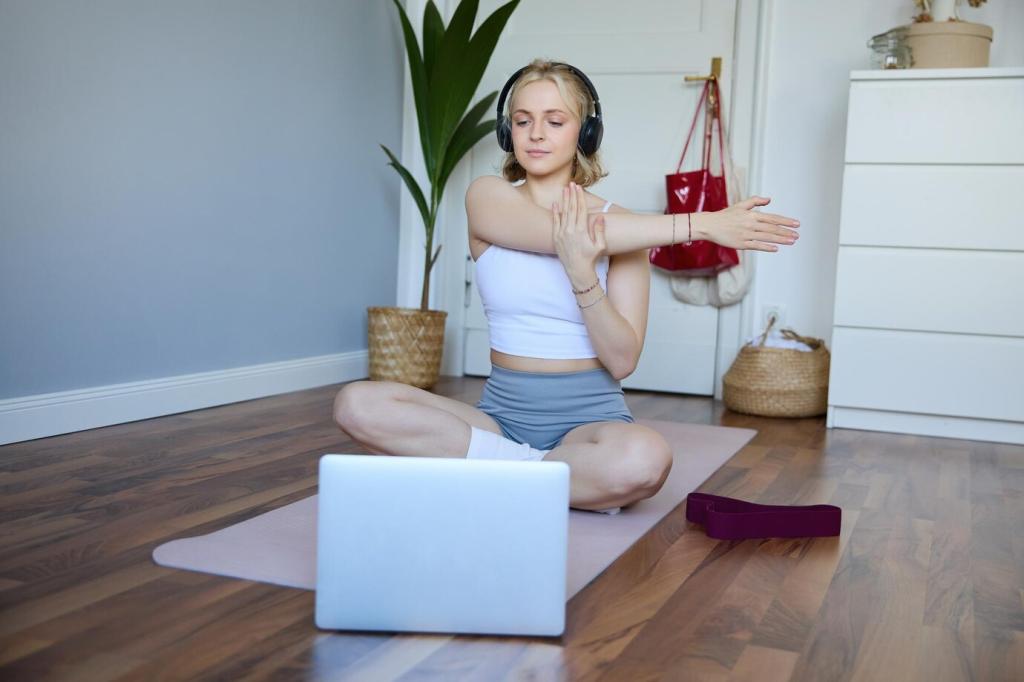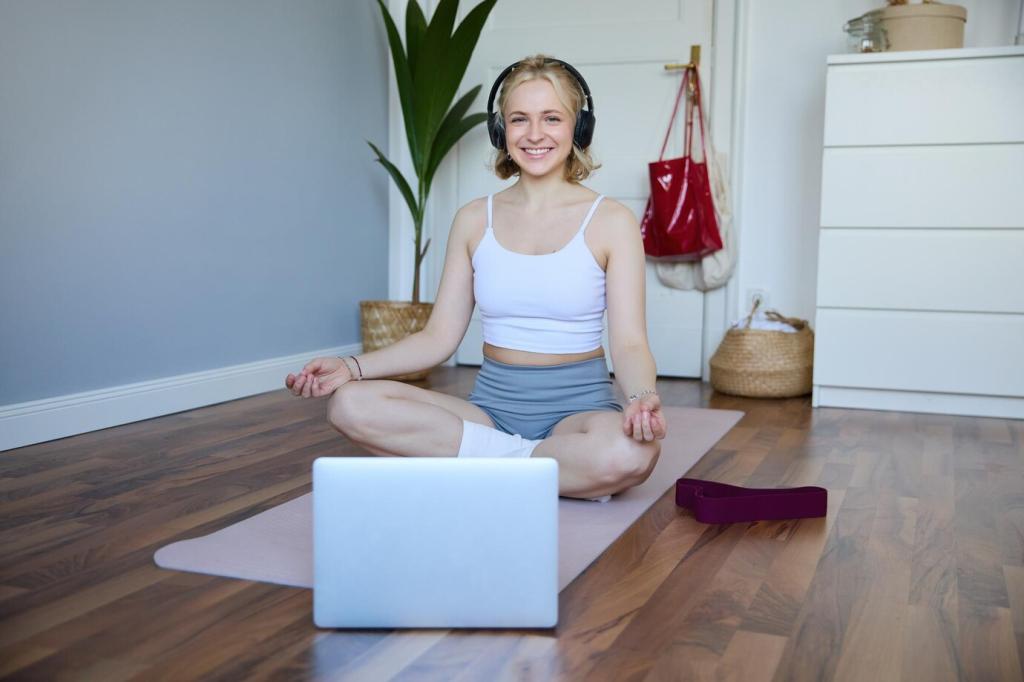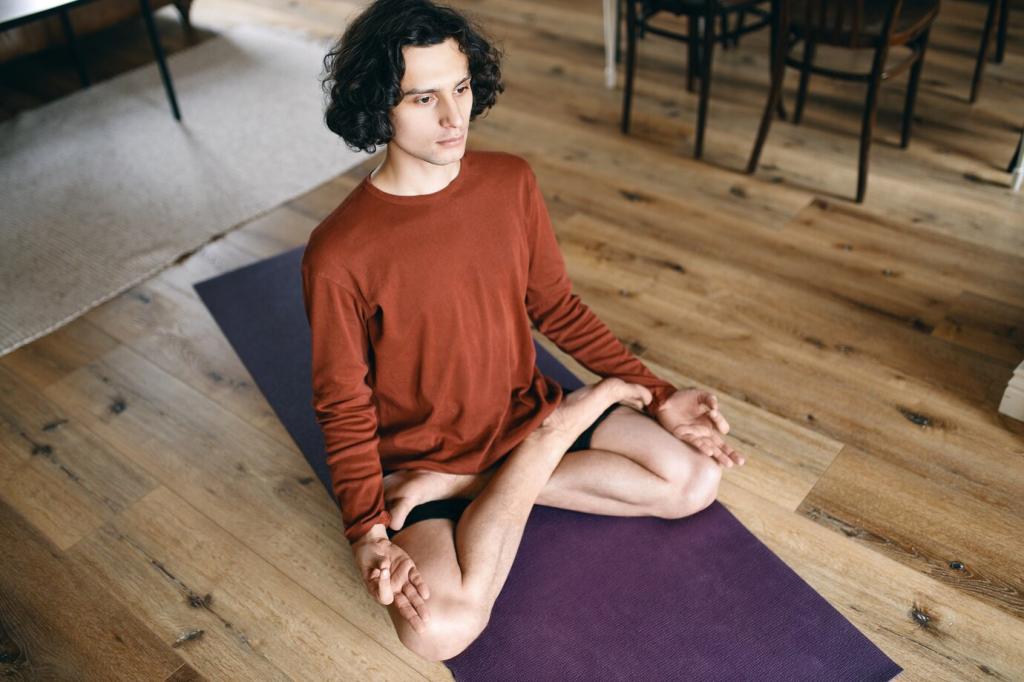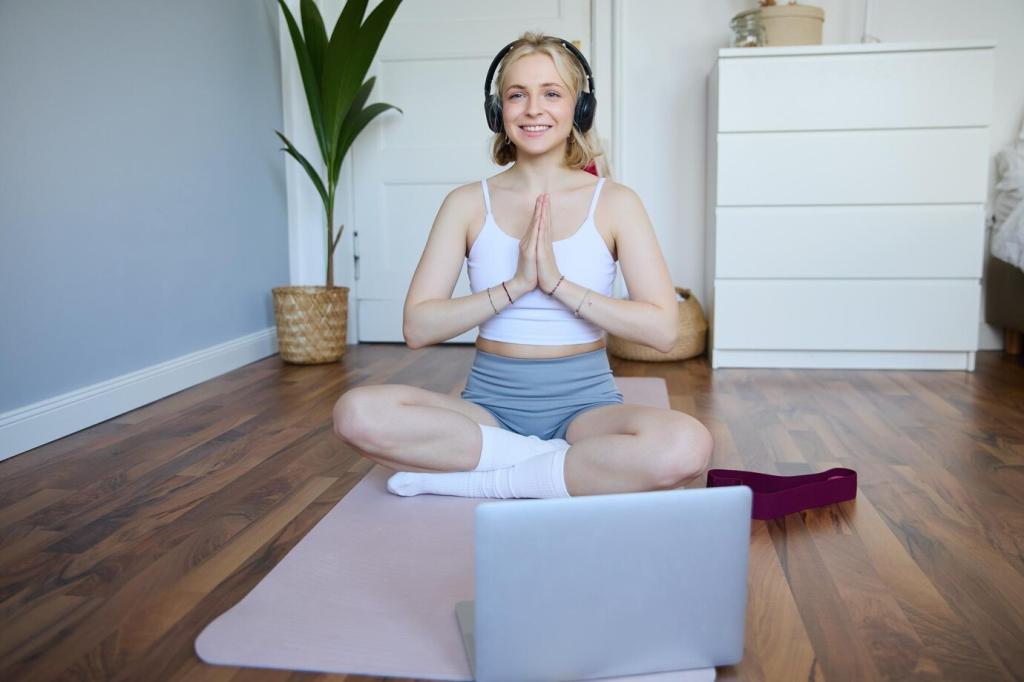Begin with Breath: Mindful Breathing Techniques for New Meditators
Chosen theme: Mindful Breathing Techniques for New Meditators. Ease into meditation by learning how to befriend your breath, steady your attention, and meet each moment kindly. Subscribe and share your first small win—we’ll celebrate your progress together.


The Science Behind Calm
Mindful breathing nudges the parasympathetic nervous system, calming the body through vagal tone and steadier heart rate variability. As attention softens and steadies, stress hormones ease, and the mind finds a little more space to rest.

A Simple Place to Start
Sit comfortably and feel air brush the rims of your nostrils, or the rise and fall at your belly. Two slow minutes daily is enough to begin. Comment with your preferred anchor—nose, chest, or belly.

Your Role as a Curious Observer
Instead of forcing focus, practice friendly noticing. When thoughts pull you away, label it kindly, return to breath, and begin again. This gentle loop builds resilience and patience, one inhale and exhale at a time.



Core Mindful Breathing Techniques for New Meditators
Counting the Exhale (1–10)
Gently count each exhale from one to ten, then restart. If you lose track, smile, return to one, and continue. Extending exhalations slightly can soothe the body and encourage a calmer, clearer focus.
Box Breathing (4–4–4–4)
Inhale four, hold four, exhale four, hold four—repeat softly. This steady rhythm can balance energy and quiet mental noise. If holding feels tight, shorten counts. Share your favorite count pattern with fellow beginners.
Anchor on Sensation
Drop the numbers and simply feel breath as raw sensation—coolness at the nostrils, warmth on exhale, gentle belly swell. When thoughts arrive, note “thinking,” and return to sensation. Curiosity keeps the practice alive.

Common Obstacles and Kind Solutions
01
Restless Thoughts
Racing thoughts are normal. Label them softly—“planning” or “remembering”—then return to the breath’s texture. You are not chasing thoughts away; you are practicing returning. Share a thought label that helps you most.
02
Sleepiness or Slouching
If drowsy, open your eyes slightly, lengthen your spine, or try standing meditation. Morning practice also helps. Keep the breath gentle, not forced. Post your favorite posture tweak so others can learn alongside you.
03
Impatience and Progress Anxiety
Wanting quick results can tighten the practice. Set tiny process goals—“I’ll sit today”—and let outcomes emerge. Notice one subtle shift after sessions, however small. Then subscribe for weekly reflections that reinforce steady growth.

Before clicking “send” or opening a new tab, take one deliberate inhale and longer exhale. This brief reset reduces reactive habits and clarifies your next step. Comment with a daily micro-pause moment you plan to adopt.

Match comfortable steps with gentle breathing—inhale for two steps, exhale for three. Feel feet meet the ground, air feathering your throat. Walking becomes moving meditation, stitching calm into the fabric of your day.

When emotions rise, pause for one breath before responding. Feel the inhale, extend the exhale, then speak. This tiny buffer can transform tone and outcomes. Share a conversation that improved with one mindful breath.
Stories From First Steps
Alex started with two minutes nightly, counting gentle exhales. By week three, the post-work spiral softened, and bedtime felt kinder. The biggest win was not silence, but trust in returning without frustration.


Stories From First Steps
On a crowded bus, Priya practiced anchor-on-sensation at the nostrils. Noise stayed, yet tension loosened. Three stops later, she noticed space in her chest. Tell us where you weave breath into busy routines.
